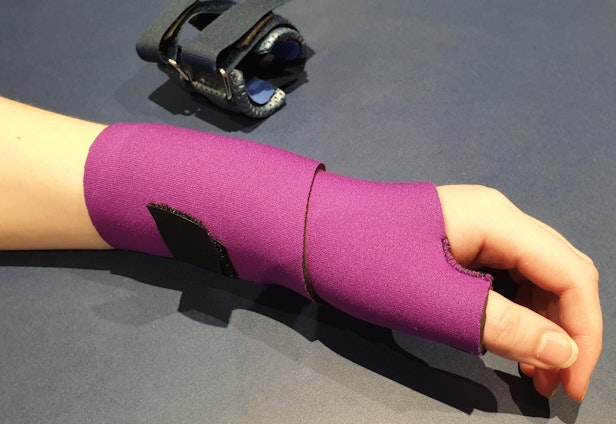
Case Study - Ehlers-Danlos Syndrome
August 2020
Our bodies are held together by connective tissues - a wide range of different tissues throughout the body which gain their strength from tough protein fibres called collagen. The Ehlers-Danlos syndromes (EDS for short) are genetically inherited disorders of these critical connective tissues. While the most common features are joint hypermobility, skin hyperextensibility and tissue fragility, there are a wide variety of other possible problems that people with EDS may need to deal with. Lots more info is available at www.ehlers-danlos.com
A 20yo patient came to Flex Physio recently - she was diagnosed with a variant of EDS 10 years earlier, though she was having problems with joint dislocations, fatigue and pain long before the official diagnosis. She came to see us on the advice of her usual physiotherapist because of increasing difficulty with instability and pain in her left wrist. The distal radio-ulnar joint (DRUJ) was subluxing throughout the day, even with simple daily activities and sometimes even in her sleep!
She already had several different splints and braces, but they were not supportive enough to stop the joint from subluxing.
We fitted her with a custom-made DRUJ compression splint - this enables her to achieve significant extra joint stability by tightening the D-ring straps seen in the picture. The other splint is a soft, neoprene wrap for her wrist and thumb. This will not stop the join from subluxing, but gave her some gentle, compressive support and warmth for the times when her joint was not at risk.
EDS is a condition this patient will need to manage for the rest of her life, and these new splints are only a small part of her ongoing care from her GP, her rheumatologist, her OT, her dietician, and her physios. We can't take the EDS away, but any little bit of help can make a difference.
